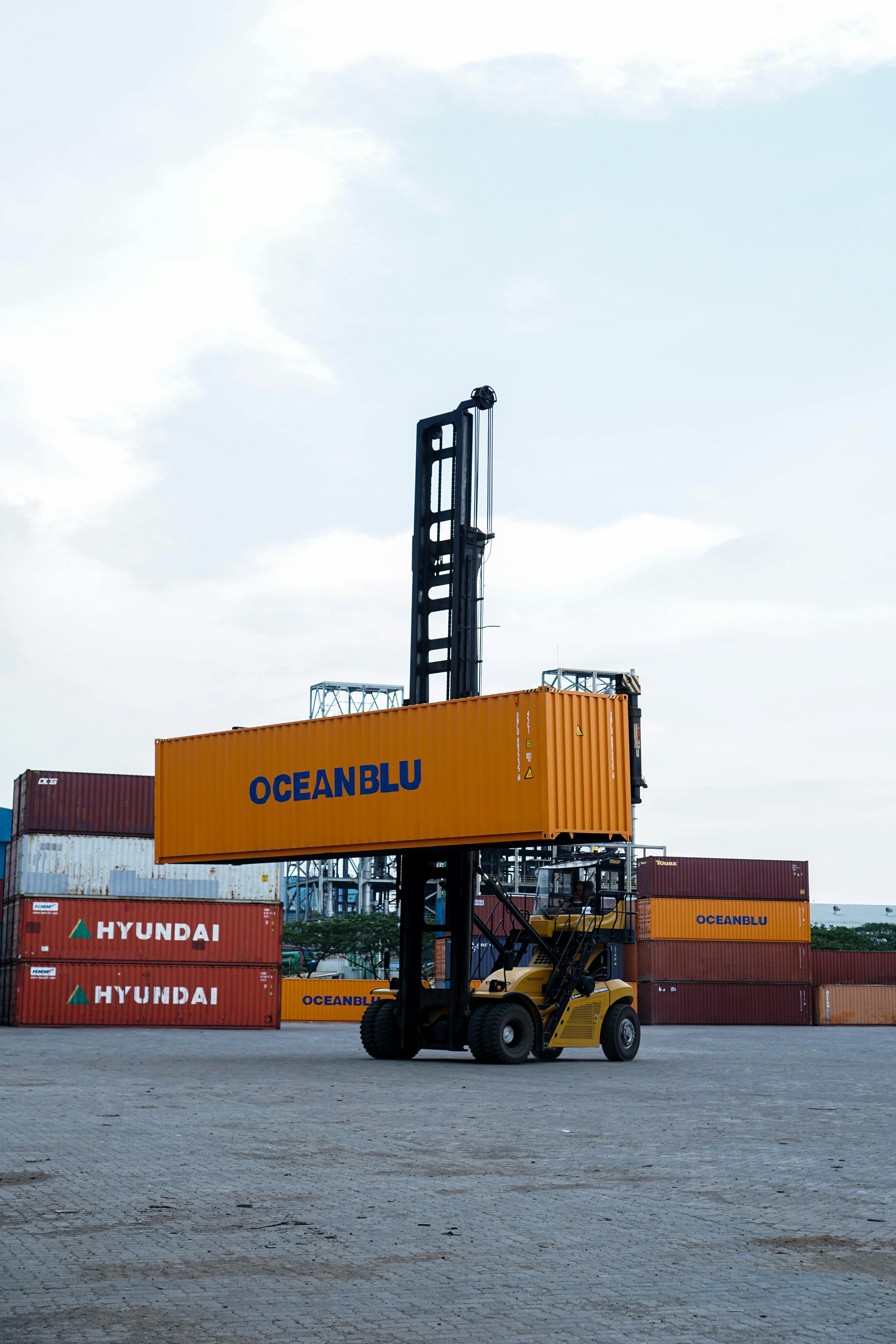



In the bustling world of warehouses, construction sites, and industrial settings, forklifts are the unsung heroes, lifting, moving, and transporting heavy loads with ease. Whether you're a seasoned operator, a business owner, or someone considering buying a second-hand forklift, this comprehensive guide is for you. We'll explore the prominent forklift brands and models, delve into their uses and maintenance, and address common pain points for second-hand buyers. Let's lift the veil on forklifts and empower you with the knowledge that can make your operations smoother and safer.
When it comes to forklifts, the brand you choose matters. The market is flooded with numerous options, but some brands stand out for their reliability, durability, and performance. Here are a few prominent names in the industry:
Toyota: Known for its innovative design and robust build, Toyota's range of forklifts is popular across industries. The Toyota 8FGCU25 is a best-seller, favored for its fuel efficiency and ergonomic design.
Caterpillar: A heavyweight in the heavy machinery sector, Caterpillar forklifts are synonymous with durability. The Cat C5000 is particularly notable for its rugged performance and adaptability in various terrains.
Mitsubishi: Offering a blend of advanced technology and affordability, Mitsubishi forklifts like the Mitsubishi FGC25N are reliable choices for businesses prioritizing value without compromising on quality.
Hyster: Hyster forklifts, like the Hyster H50FT, are built for heavy-duty tasks. They're praised for their stability and low maintenance needs, making them ideal for rigorous industrial use.
Komatsu: Komatsu's forklifts, such as the Komatsu FG25T-16, are designed with operator comfort and safety in mind, coupled with powerful performance.

Forklifts may vary in size and design, but they share some common components critical to their function:
Understanding these components is crucial not just for operating a forklift but also for maintaining it.
Forklifts are versatile machines used in a variety of settings, including:
The applications are endless, and the right forklift can significantly enhance productivity and safety in these environments.

Regular maintenance is key to extending the life of your forklift and ensuring safe operation. Here’s a checklist for routine maintenance:
Following these steps can prevent costly repairs and keep your forklift running smoothly.
Buying a second-hand forklift can be a smart investment, but it comes with its challenges. Here are some common pain points and how to address them:
Choosing the right forklift, whether new or second-hand, requires careful consideration of your specific needs and operational environment. By understanding the prominent brands, familiarizing yourself with the machine's components, and following a rigorous maintenance routine, you can ensure that your forklift serves your business well for years to come.
For those venturing into the second-hand market, tread carefully, and always prioritize quality over cost savings. A well-maintained, quality forklift is an investment in the efficiency and safety of your operations.